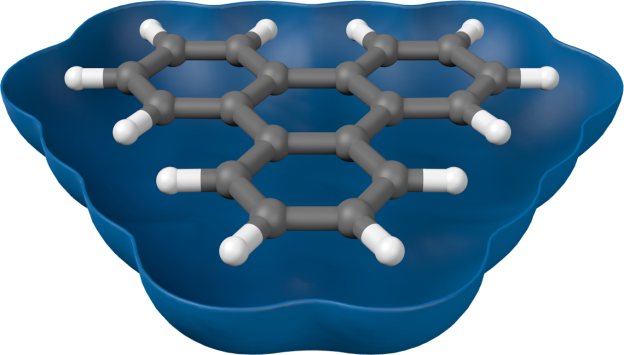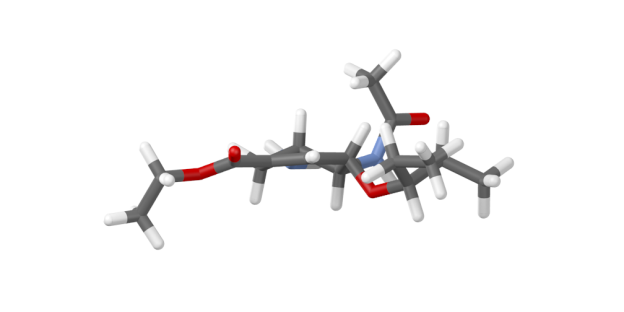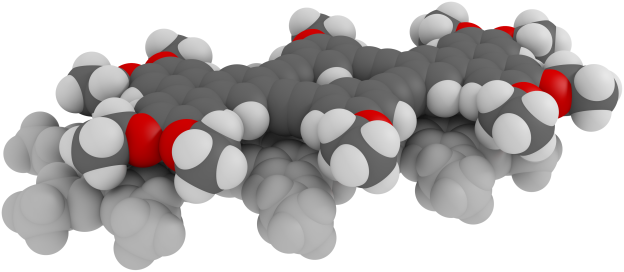For all that I like using Blender as a tool to visualize molecular structures, there are obvious tradeoffs when using general-purpose software instead of something customized for chemistry. One of those tradeoffs is that there’s no obvious way to import various kinds of computational chemistry data.
For me, this is most often molecular orbitals, which we occasionally want to show in manuscripts. So, I started to think a bit about how to render isosurfaces in combination with imported geometries. I briefly considered trying to write something that processes cube files (from Gaussian), but quickly gave up. Instead, I’ve found that Jmol does the job wonderfully, and with minimal fuss.




